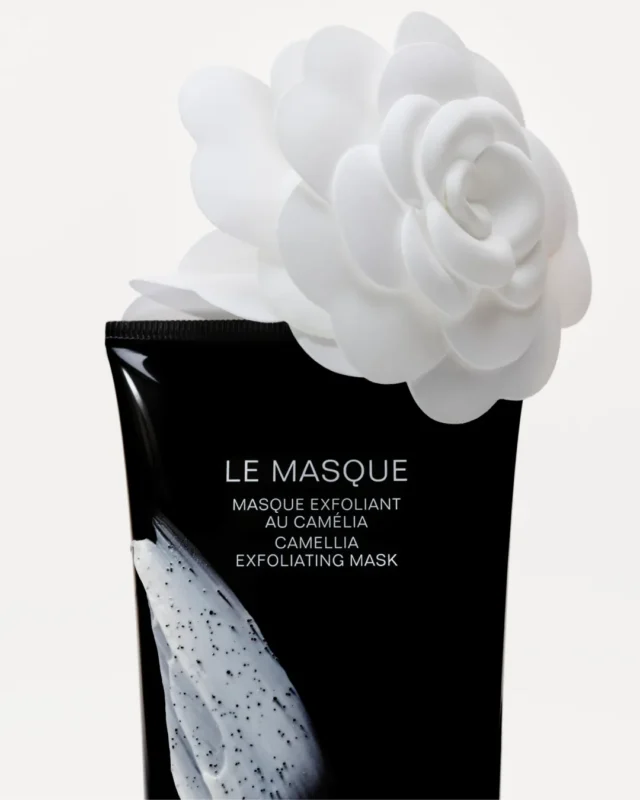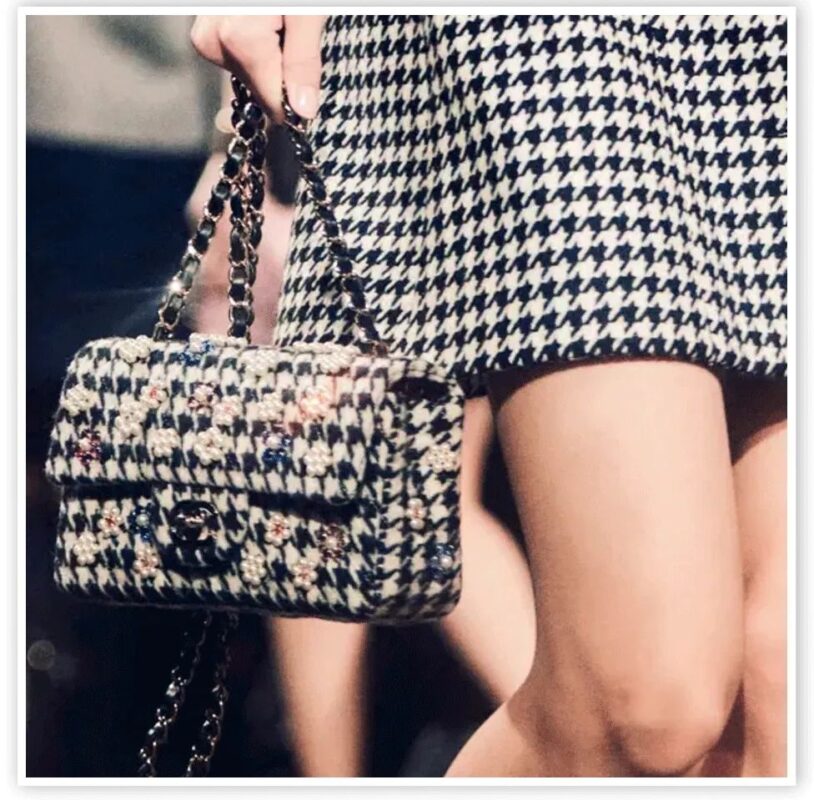Every time we talk about the fashion and dressing of fashionable women with a long history, we always cannot avoid the topic of “jewelry”.
Ladies and socialites from noble families, or high-ranking women from higher social classes, seem to invest a little bit of money in jewelry and attend social occasions such as parties and banquets. They also value the “sense of appearance” brought by gold and silver jewelry.
But do you say these ladies only keep a lot of jewelry for show off and vanity? Not necessarily.
I saw a very interesting fashion science popularization recently. For a considerable period of time in history, banks prohibited women from holding items such as silver bills or land deeds. However, jewelry, which was relatively easier to obtain and preserve, was perhaps the only property that women could freely dispose of at that time. If faced with various crises such as war and exile, these jewelry can truly “save lives”.
Perhaps taking a step back, women can at least choose to have their favorite jewelry, right? Do women actually have many options? When “jewelry can save lives” has become a default mainstream, it will inevitably affect the aesthetic of jewelry, and even extend many seemingly absurd biases in social public opinion.
For example, nowadays we are accustomed to discussing jewelry and watches together, but in that era, it was natural for women to have jewelry, but it was not uncommon for women to wear watches.
The concept of “wristwatch” emerged in the 16th century, mainly designed for men and mostly used for military purposes. It has been extended to daily use and seems to be considered “exclusive to men”. Even for women with supreme power, it is a large men’s watch.
Do women not have watches? There are also some. But women’s watches are more of a part-time function.
They are usually packaged as a natural jewelry bracelet, a gorgeous and exquisite jewelry chain, and many timepieces are hidden in a hidden dark grid that cannot be seen on the surface. It is not elegant to openly look at time at parties in the upper class, so women can only take a sneak glance when no one is paying attention.
The design of men’s watches is usually simpler and more functional, emphasizing practicality. Relatively speaking, watches designed for women in the past may be more luxurious, but they always feel like they exist in a form that sacrifices some of the needs of women. Women’s “needs” are often not based on their true intentions, but are defined by a certain society.
But there is a brand that doesn’t think so, loudly questioning “tradition” – why can’t women wear watches openly? Why not have a wristwatch that belongs to women?
Speaking of which, since the establishment of this brand, it has long realized that the splendor of the Baroque has stifled lines, and excessive load decoration has become a shackle to women’s bodies. Therefore, it cut the hem short, allowing women to start wearing relaxed and elegant skirts and pants.
In the era when perfume merchants only sold perfume to women, they didn’t think that women should or could only be a flower, so they wanted to create an unprecedented bottle of “perfume that smells like women”.
That’s right, this brand is very familiar to everyone, Chanel.
And the world’s first watch designed entirely for women was the Chanel Premi è re watch.

























